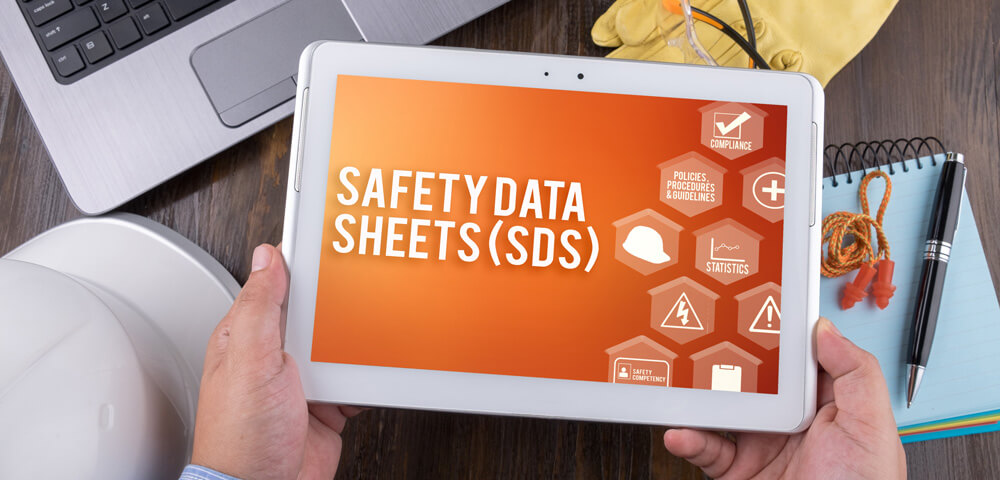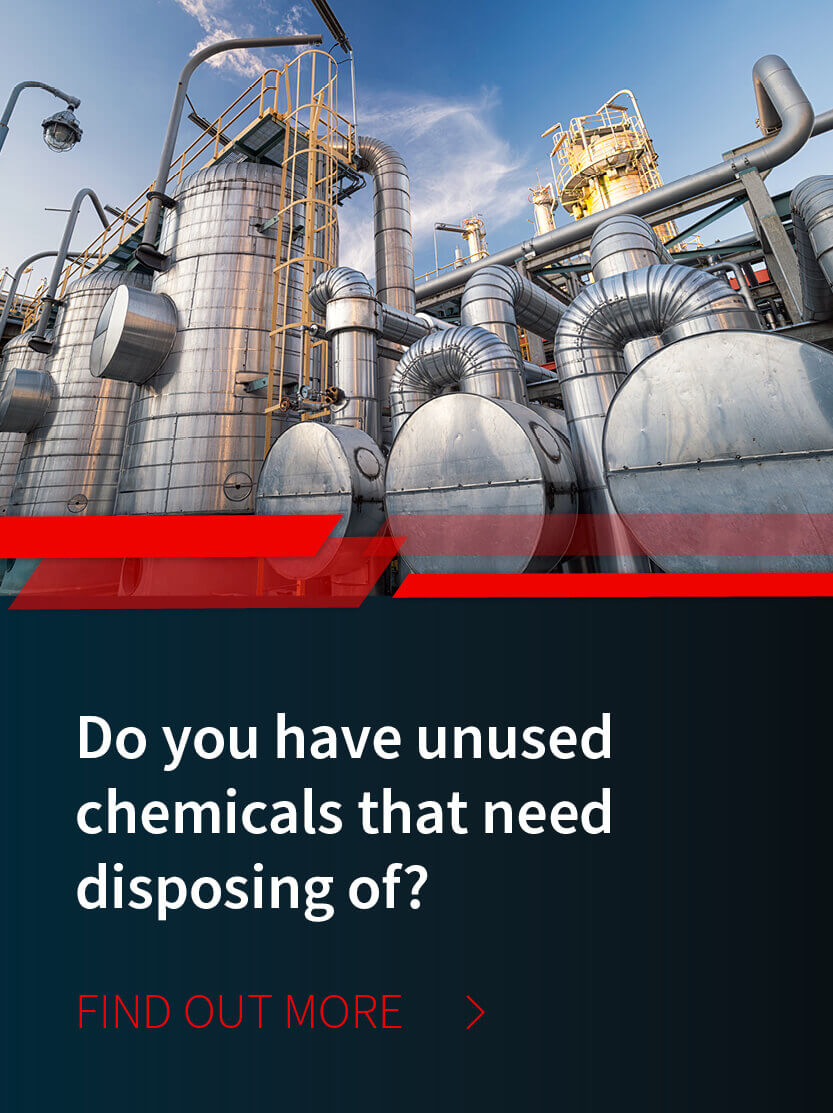
/ IN THIS BLOG
MSDS and SDS are important sheets in the world of waste. Rules and regulations governing medical waste management and environmental waste management change frequently, and one area that recently changed concerns MSDS sheets. MSDS sheets are Material Data Safety Sheets. These sheets supply information about the possible safety and health hazards of a certain chemical. However, now workplaces must use an updated document. This document is the Safety Data Sheet (SDS), which gives workers more information so as to improve safety.
01 / Why Did the Standard Change?
The Occupational Safety and Health Administration made the change to the SDS to try to make the sheets more effective and universally readable. The MSDS sheets were not standardized, which made it difficult to find errors and correct them. But the SDS form does conform to global standards, so workers and managers from any country can read it and understand the guidelines.
02 / What Is a Safety Data Sheet (SDS)?
A Safety Data Sheet is used by businesses that work with chemicals. An SDS identifies the chemical being used and explains any potential safety hazards along with some other information. Here is some other common information included in an SDS.
Hazard Statement
Procedures to follow if the material is spilled
First aid procedures to follow if exposed to the material
Ingredients and their percentages if the material is a mixed chemical
Pictograms
Appropriate waste disposal methods for the material
Signal words (words used to alert workers to the possible hazards of the material)
Fire-fighting instructions for the chemical
Other requirements often include the generator’s information, the manifest tracking number, transporter information, U.S. DOT description (per Code of Federal Regulations – CFR 49, Part 172), number of containers, and so forth.
03 / How To Obtain an SDS Sheet
You can obtain these sheets from the manufacturer or distributor of the product you are using. In fact, OSHA’s Hazard Communication Standard requires that they provide these sheets to you either before or at the time of shipment. If the manufacturer or distributor did not give you an SDS, you could contact them directly.
Alternatively, you could choose to work with a company that conducts OSHA compliance training. Part of that training generally includes information on SDS protocol, including storing SDS sheets electronically so as to be able to access them in the future, as well as a chemical database that should allow your company to obtain specific SDS sheets.
04 / Safety Data Sheets and Waste Management Companies
It’s not unusual for employers to be confused about the use of MSDS versus SDS sheets. This is particularly true for employers that are more used to MSDS safety sheets. If this is the case for your organization, consider partnering with an experienced waste company like MCF who can help you better understand these safety sheets as well as shipping regulations for associated materials. MCF can also help you by providing a comprehensive OSHA compliance training package for your team, which includes a detailed explanation of the SDS protocol.
MCF makes it a priority to stay up-to-date on the latest rules, regulations, and industry innovations. This attention to continual education and improvement can provide your business with a competitive edge when it comes to addressing your unique waste management needs. As we all know, products change all the time and when there is a chemical composition, you need to know how to respond to such variables, including updating data sheets so they are current and accurate.
05 / Change is a Constant, Partner with a Waste Management Expert Who Is Skilled in the Current Regulations
All facilities that have chemicals on site, whether they manufacture, distribute, or use them, must have the appropriate data sheets. Failure to have accurate data sheets could be devastating if an incident involving the materials occurs. Don’t let the complexities of regulations and data sheets stand in the way of full compliance and stability for your business. MCF helps streamline your SDS sheet approach. Turn to MCF Environmental Services, a waste management company with the experience and know-how to solve your biggest waste management challenges.
Robert Losurdo
President, COO








